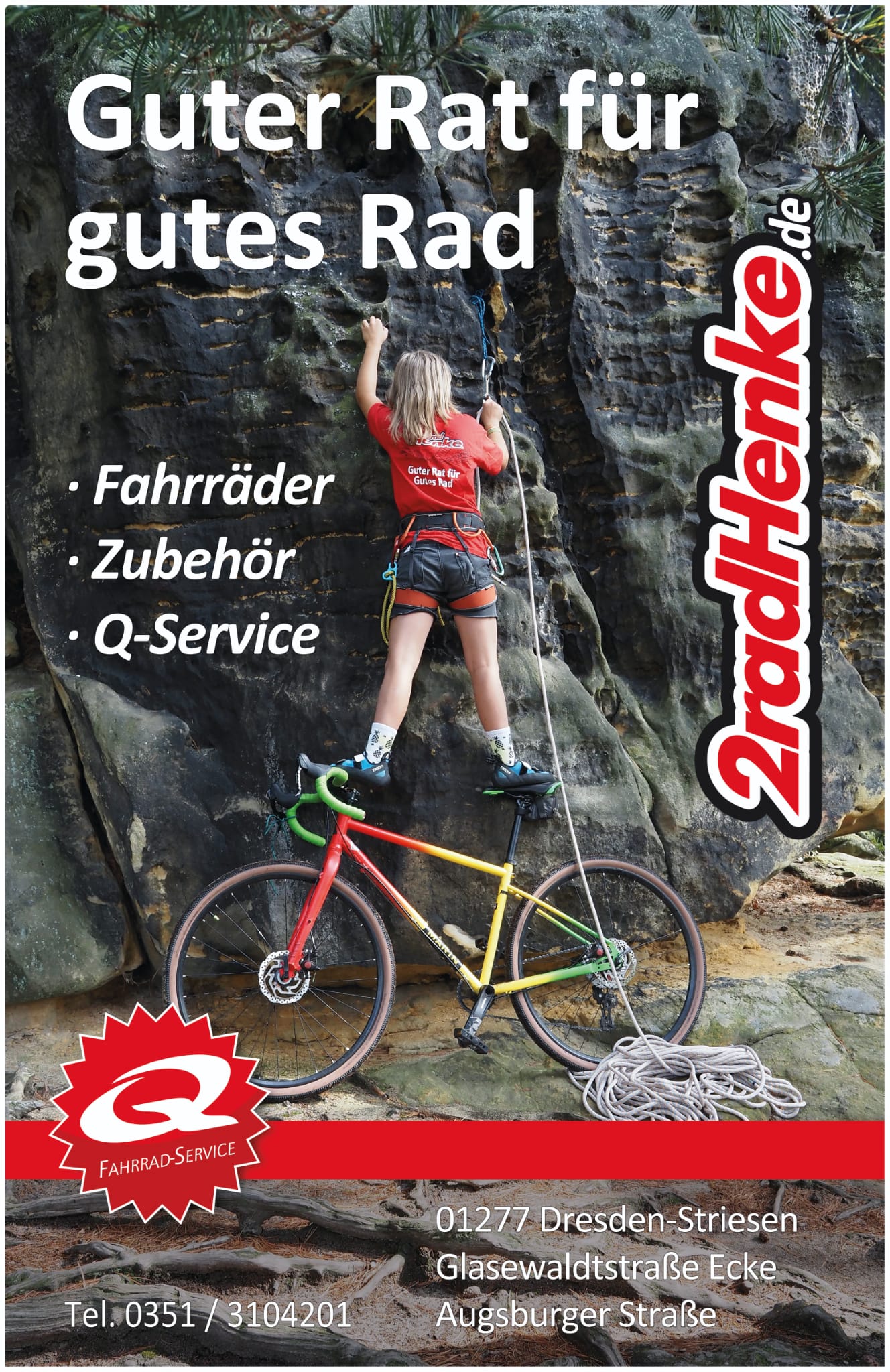As part of the process of European integration, the European Parliament, in coordination with the national climbing federations, has now decided to adapt the standards in European climbing areas. This concerns the protection, the evaluation and of course the marking on site. The new grading will probably lean on the UIAA scale, but also the already common in sport climbing French scale is in discussion. In the latter scale, however, the grade are to be replaced because of the poorer readability against simple symbols. For example, a „6c +“ would be a „6 ++.“ In European climbing areas the distance between the bolts provides a distance of 1.5 meters, according to EN 12572-1: 2015. The transfer of the standard, which is originally used for climbing on artificial climbing walls, on the natural rock should increase the conversion and acceptance of the athletes climbing in the hall significantly. Before standards are introduced nationwide, it will come in some climbing areas to pilot projects. In Germany, for example, the Weißenstein in the northern Frankenjura and the rocks around the Johanniswacht in the Saxon Switzerland or in Austria the climbing area Peilstein be adapted. To avoid protests of local climbers, the old difficulty grading should be given in brackets. Also, all the added bolts are marked in red. In order to avoid the large-scale removal of bolts s in southern France or Kalymnos, in exceptional cases, a distance of less than 1.5 meters is accepted.
Harmonization of European climbing areas










Genau, liebe Helga, weil dein Weltbild nicht zulässt, dass sich Gesellschaften und ihr Blick auf die Geschichte verändern und damit…
Allein die Frage scheint ein perfektes Beispiel eines linksgutmenschlichen Bilderstürmers zu sein. Selbstverständlich sind solche Begriffe nicht rassistisch, sondern die…
Ich reiche hiermit die fehlende Quelle des Direktzitats nach: https://kayakandclimb.blogspot.com/2023/11/free-karma-on-half-dome.html?m=1
Please contact Tobias Wolf via https://kayakandclimb.blogspot.com/ Cheers Gabi
Hi ! well done for the FFA of Charliberté !! I'm looking for a really good picture of this area…